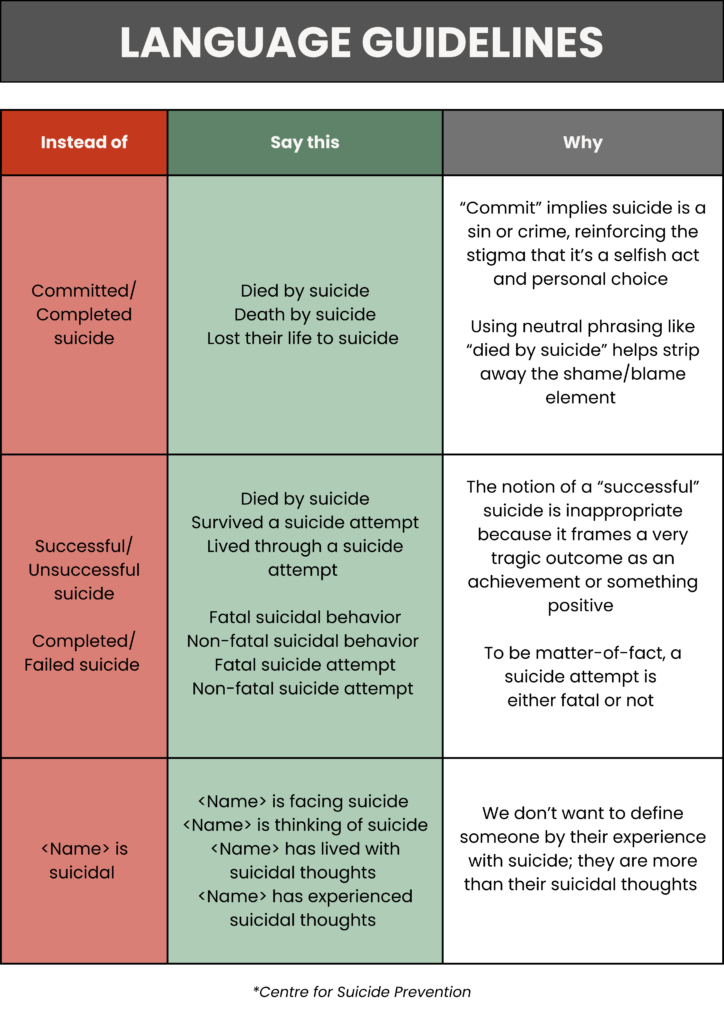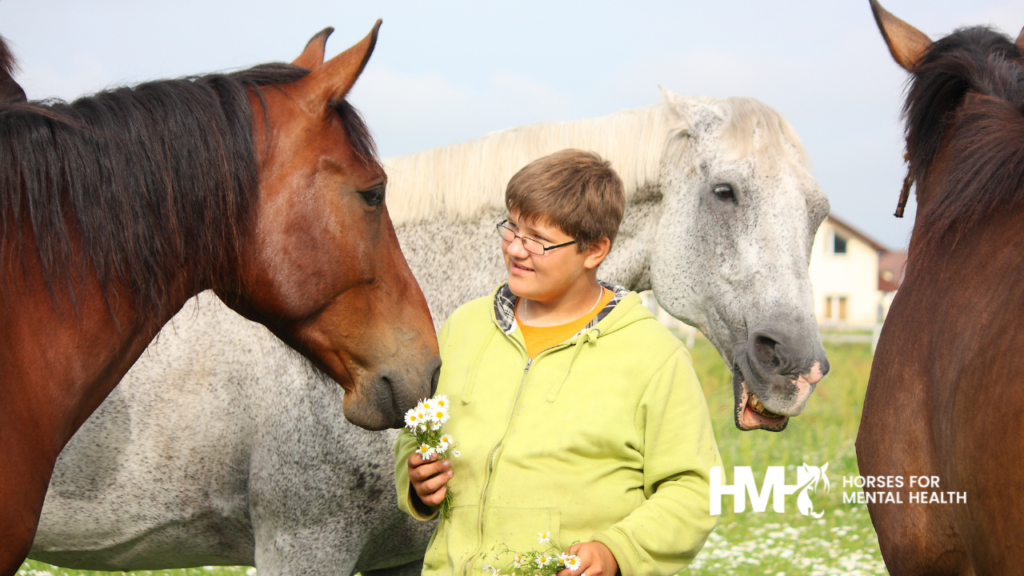On World Suicide Prevention Day (Sept. 10th), we come together to raise awareness about a critical issue that affects millions of people worldwide. Suicide is a complex and deeply personal tragedy that leaves lasting ripples through families, friends, and communities.
The research speaks volumes:
- 12th Leading Cause of Death:
In 2020, suicide was the 12th leading cause of death in the United States, claiming over 45,900 lives. (Centers for Disease Control and Prevention) - Second Leading Cause of Death Among Youth:
Among individuals aged 10-34, suicide was the second leading cause of death. (Centers for Disease Control and Prevention) - Treatment Avoidance:
Nearly 70% of people with a mental health condition do not seek treatment, often due to stigma. This avoidance can exacerbate feelings of isolation and increase the risk of suicide. (National Alliance on Mental Illness) - Impact of Direct Discussion:
Research indicates that asking someone directly about suicide DOES NOT increase suicidal thoughts or behavior; in fact, it can reduce distress in vulnerable individuals. (American Psychological Association)
These statistics underscore the urgent need for open dialogue about suicide, particularly among younger populations where it is the second leading cause of death. The reluctance to seek treatment, driven by stigma, leaves many individuals at greater risk, highlighting the importance of breaking down barriers to mental health care.
Furthermore, research shows that openly discussing suicide DOES NOT increase the risk but rather helps alleviate distress, and allows individuals to feel seen and heard. Addressing the stigma surrounding mental health and suicide is a critical step in saving lives.
Breaking the Stigma
One of the most significant barriers to seeking help for suicidal ideation is the stigma associated with mental health. This stigma often manifests in negative perceptions and misconceptions from oneself or others that can discourage individuals from reaching out for the support they desperately need. For instance, there’s a common but harmful belief that seeking help for mental health issues is a sign of weakness. Many people fear being judged or labeled as “crazy” or “unstable” if they admit to struggling with their mental health. These negative perceptions can lead individuals to internalize their struggles, feeling ashamed or embarrassed to ask for help.
Another widespread misconception is the idea that mental health issues are “all in your head” and can be overcome simply by thinking positively or “toughening up.” This dismissive attitude trivializes the real and often overwhelming challenges that those with mental health conditions face. It can prevent people from recognizing the seriousness of their symptoms and deter them from seeking professional help, believing they should be able to manage on their own.
Cultural and societal expectations can also contribute to negative perceptions about mental health. In some communities, there’s a strong emphasis on self-reliance, and admitting to emotional or psychological struggles may be seen as a failure to meet these expectations. Men, in particular, may feel pressure to conform to traditional ideals of masculinity, which often discourage expressing vulnerability or seeking help. This can be especially damaging, as it may lead to individuals suppressing their feelings until they reach a crisis point.
It’s crucial to challenge these negative perceptions and create a culture of open dialogue and support. By fostering a safe and understanding environment, we can encourage individuals to reach out for help when they need it most. This involves normalizing conversations about mental health, educating the public about the realities of mental illness, and promoting the message that seeking help is a courageous and responsible act.
Promoting and supporting mental health programs that offer forms of therapy, such as psychotherapy incorporating horses, can also help shift perceptions. These programs not only provide effective treatment but also demonstrate that there are many ways to approach mental health care. By highlighting the success of such programs, we can broaden the understanding of what mental health treatment looks like and reduce the stigma that keeps people from seeking the help they need.
Ultimately, by challenging these negative perceptions and advocating for a more compassionate and informed approach to mental health, individuals can feel empowered to seek the help they deserve.
The Power of Language
Words matter. The shift in language is crucial because it fosters understanding and compassion, making it easier for people to talk about their struggles and seek help without fear of judgment.
Correct terminology can also play a significant role in suicide prevention. When we use language that respects the individual’s experience and reduces stigma, we create an environment where it is safer to talk about mental health and suicidal thoughts. This can lead to more people seeking help early on, which can be life-saving.

Open Conversations About Suicide
Talking about suicide can be difficult, but open conversations are essential for prevention. Here are some actionable steps to help you approach these sensitive discussions:
- Educate Yourself and Others: Understanding the signs of suicidal thoughts and the correct language to use can help you approach the topic with care and sensitivity. Learn about common warning signs, such as withdrawal from social activities, changes in behavior, or expressions of hopelessness.
- Start the Conversation: If you notice someone is struggling, don’t wait for them to come to you. Ask open-ended questions like, “How are you really feeling?” or “I’ve noticed you’ve been a bit down lately, do you want to talk about it?” Showing genuine concern can make a big difference.
- Listen Without Judgment: When someone opens up about their feelings, listen actively and without interruption. Avoid trying to “fix” the problem immediately; sometimes, the most powerful thing you can do is listen and acknowledge their pain.
- Encourage Professional Help: Gently suggest that the person seek professional help, whether it’s talking to a therapist, calling a suicide prevention hotline, or joining a mental health program involving horses. Let them know that seeking help is a sign of strength, not weakness.
- Follow Up: If someone confides in you about their mental health needs, don’t let that be the last time you check-in. Regularly ask how they’re doing and remind them that you’re there for support.
Resources for Suicide Prevention
If you or someone you know is struggling with suicidal thoughts, it’s important to know that help is available:
- National Suicide Prevention Lifeline: 1-800-273-TALK (8255)
- Crisis Text Line: Text HOME to 741741
- Veterans Crisis Line: 1-800-273-8255, Press 1
These resources provide 24/7 support for anyone in crisis.
Psychotherapy Involving Horses: A Path to Healing
One innovative approach to mental health care that has shown promise in suicide prevention is psychotherapy involving horses. Working with horses in a therapeutic setting alongside a mental health professional can help people build trust, develop emotional awareness, and process trauma in a safe and supportive environment.
For those living with suicidal thoughts, this form of therapy offers a non-judgmental space where they can connect with an animal, experience unconditional acceptance, and begin the healing process. The physical presence of a horse, coupled with guided therapy sessions, can be particularly effective for individuals who find it difficult to express their emotions through words alone.








